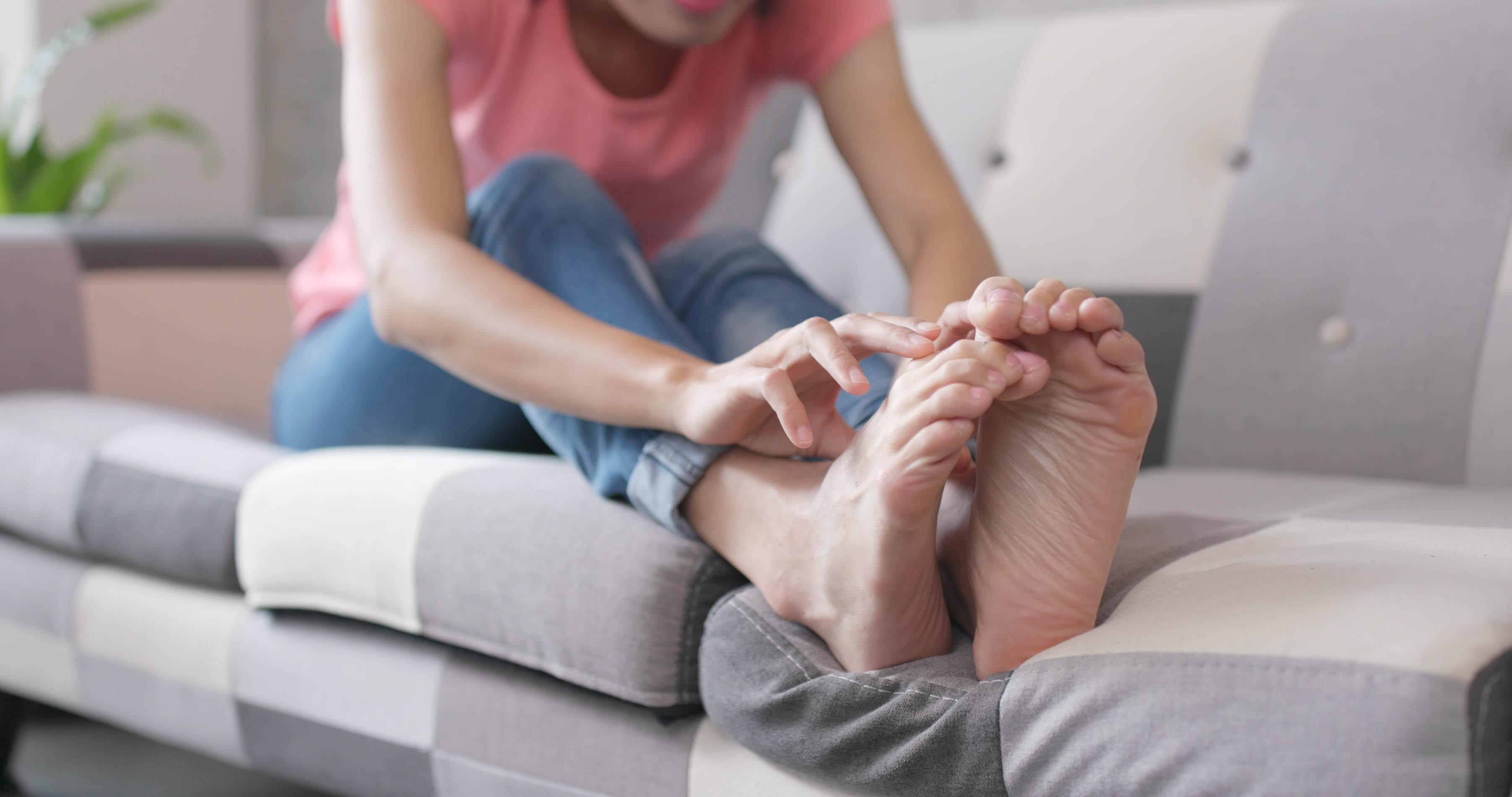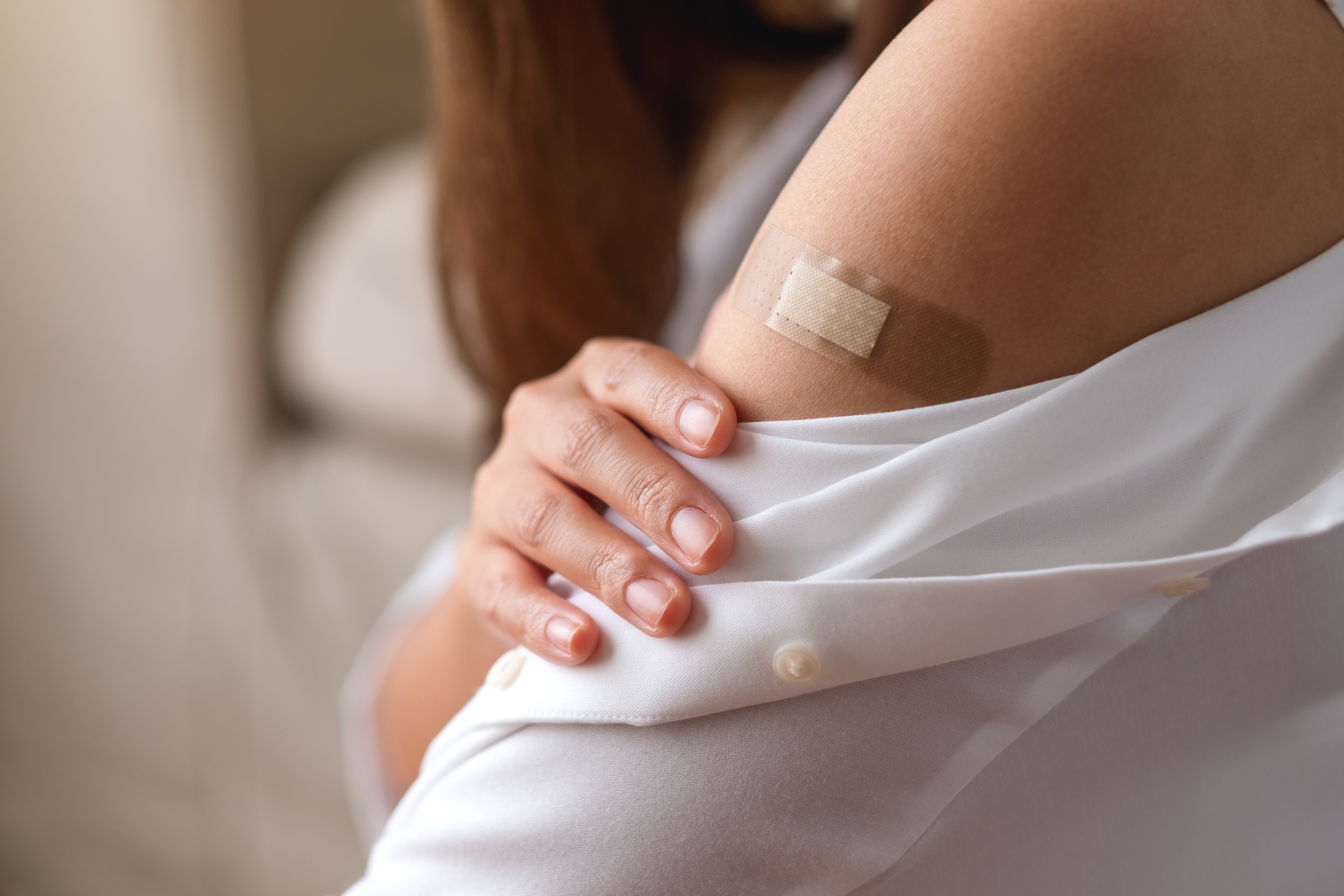Sneaky Symptoms That May Indicate High Blood Sugar
3. Frequent Skin Itching Without a Rash

Most of us experience occasional itchy skin—it’s often dismissed as dry weather, an allergic reaction, or the need for a better moisturizer. But if persistent, unexplained itching is driving you crazy, your blood sugar levels could be a contributing factor. High blood sugar pulls fluid from the body’s tissues, leading to dehydration—and dry, irritated skin is often one of the first telltale signs. This can make skin feel constantly tight, flaky, or itchy, even when no visible rash is present. Poor circulation—another effect of high glucose levels—can further aggravate the problem, particularly in the lower legs, arms, and feet, where reduced blood flow leads to dryness and irritation. In some cases, chronically high blood sugar can also contribute to skin conditions such as acanthosis nigricans, a velvety darkening of the skin in body folds, or fungal infections that thrive in high-glucose environments. If regular moisturizing and hydration don’t seem to help, it might be time to consider whether blood sugar levels are playing a hidden role in your skin discomfort.
4. Cuts and Bruises That Take Forever to Heal

A minor paper cut, a small scrape from a kitchen knife, or a bruised knee from bumping into a table—normally, these types of wounds heal within a few days to a week. But if your wounds seem to linger for weeks or heal at a frustratingly slow pace, high blood sugar might be to blame. Elevated glucose levels slow down circulation and weaken immune response, making it harder for your body to repair itself. The blood vessels that supply oxygen and nutrients to injured areas become compromised, reducing the flow of white blood cells that help fight infections and promote healing. This is especially concerning for cuts and sores on the feet and lower legs, where circulation is naturally weaker. For people with chronically high blood sugar, untreated wounds can turn into serious infections or ulcers, particularly in the feet, leading to complications that may require medical intervention. If you notice that even small cuts or bruises are sticking around for longer than usual, it’s an important signal to check in on your glucose levels and make sure your body has what it needs to heal properly.
